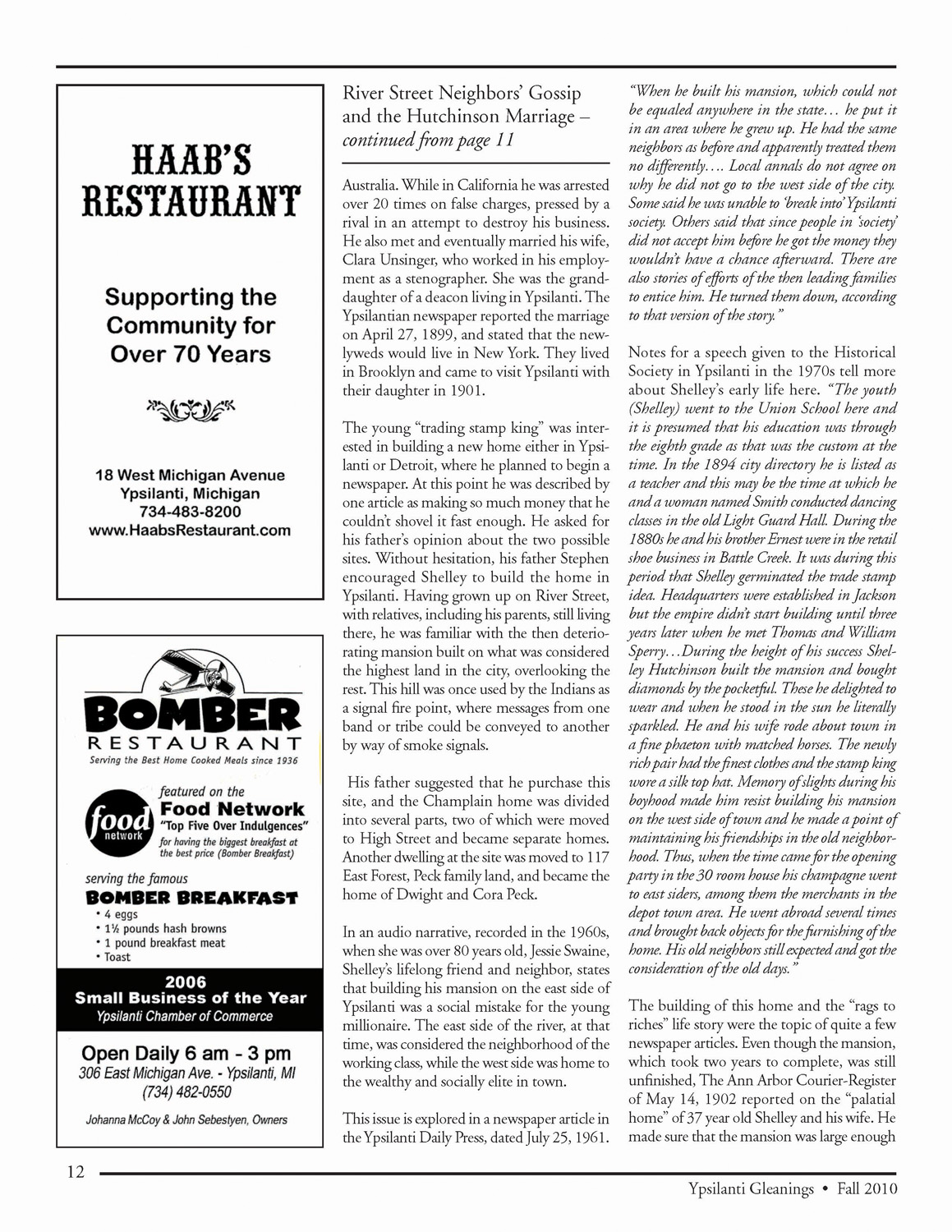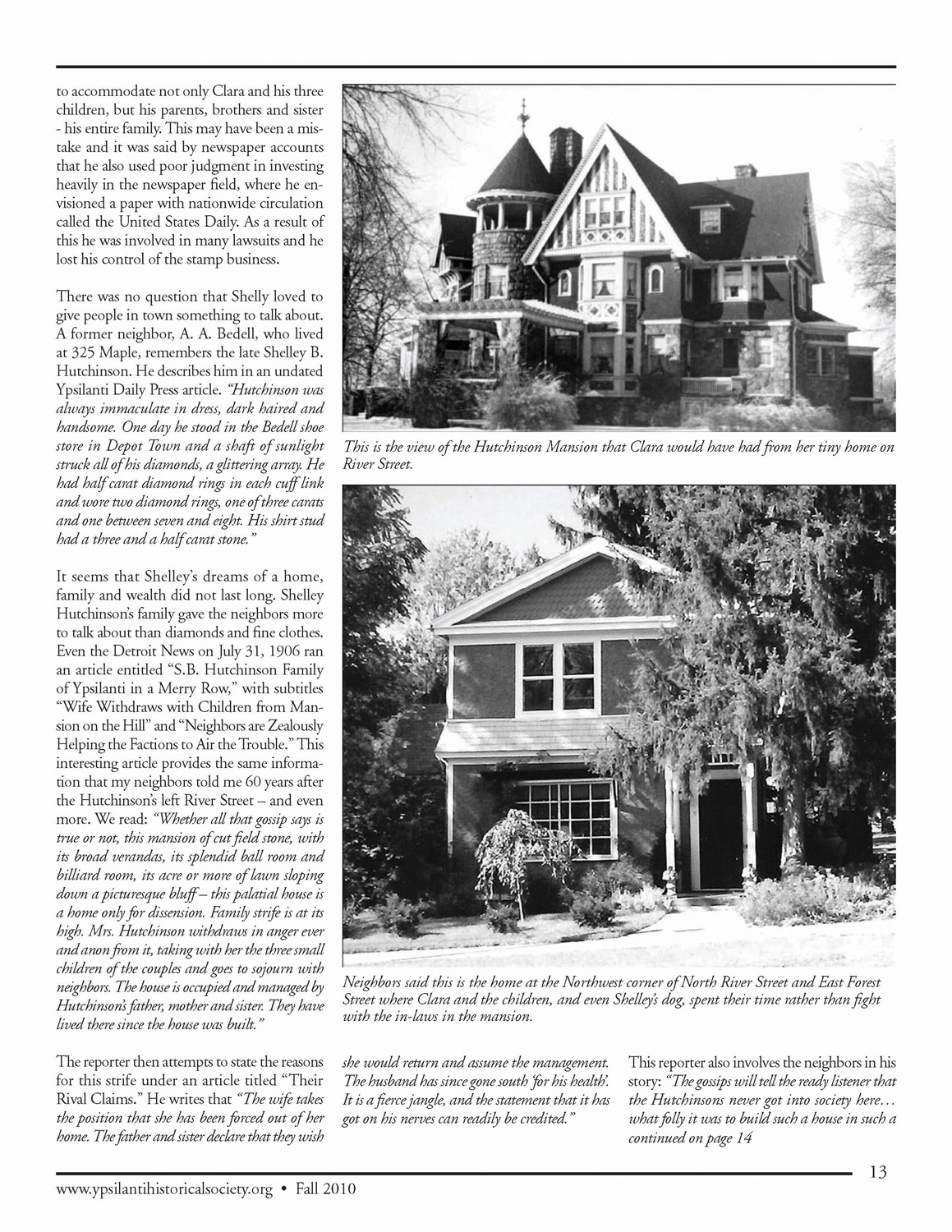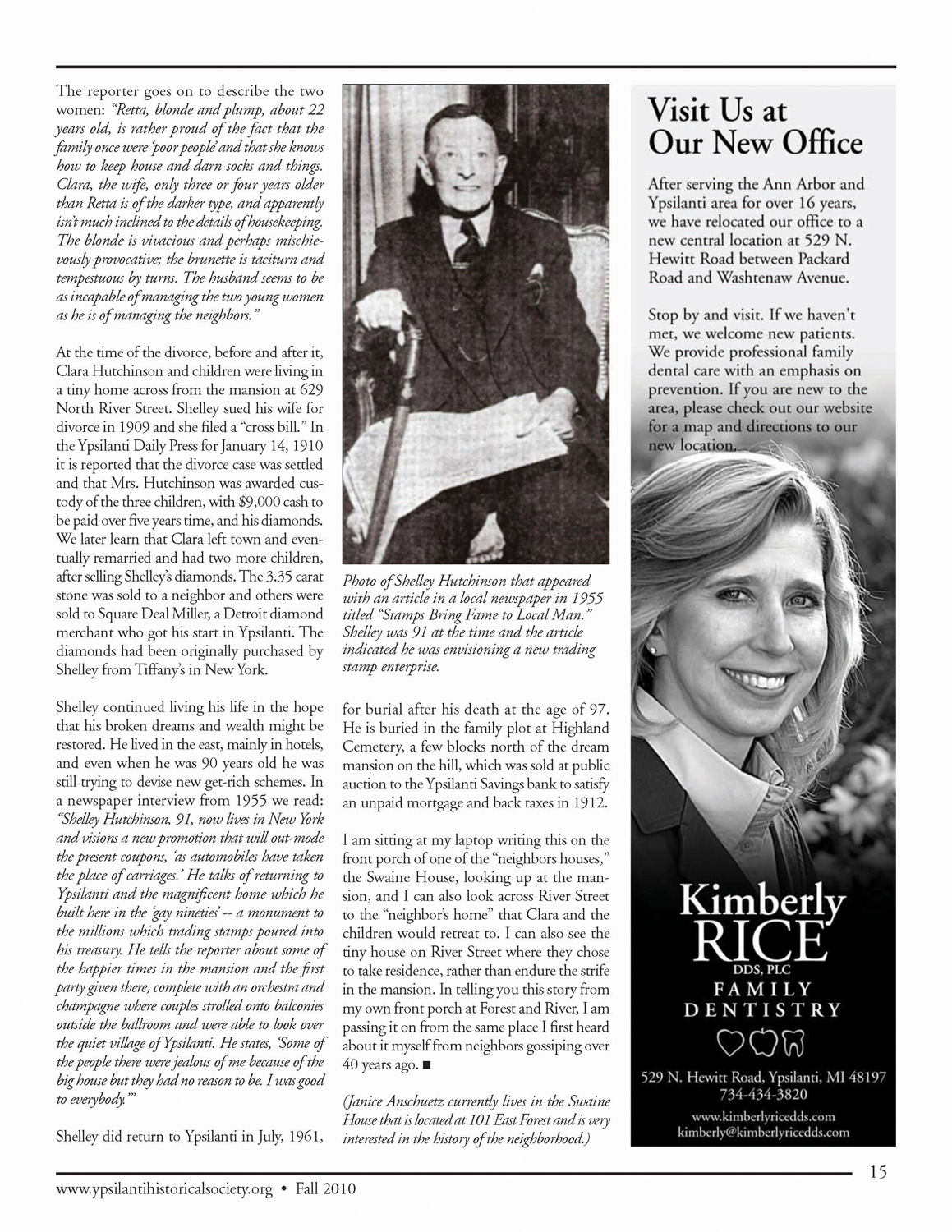River Street Neighbor’s Gossip and the Hutchinson Marriage






Parent ID
Rights Held By
Ypsilanti Historical Society
Doc
Subjects
Ypsilanti Gleanings
Biography
Family